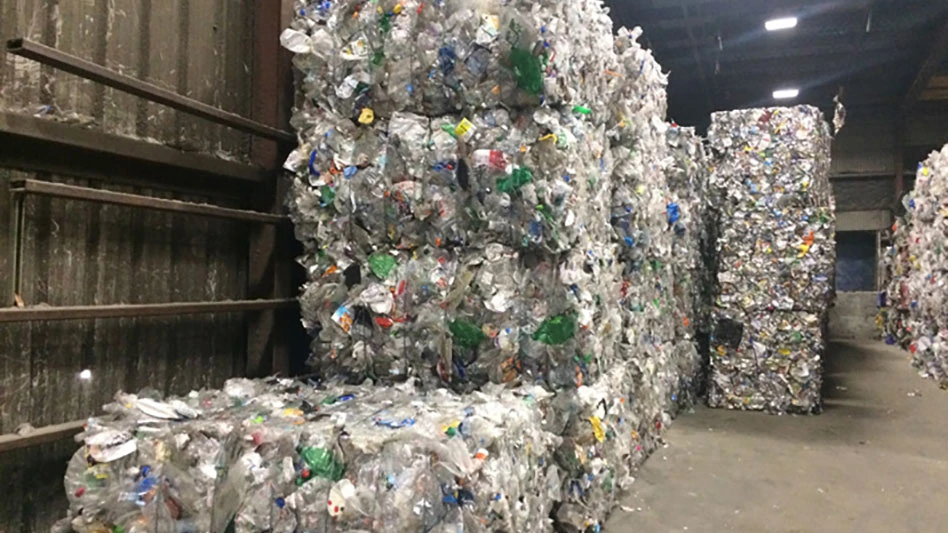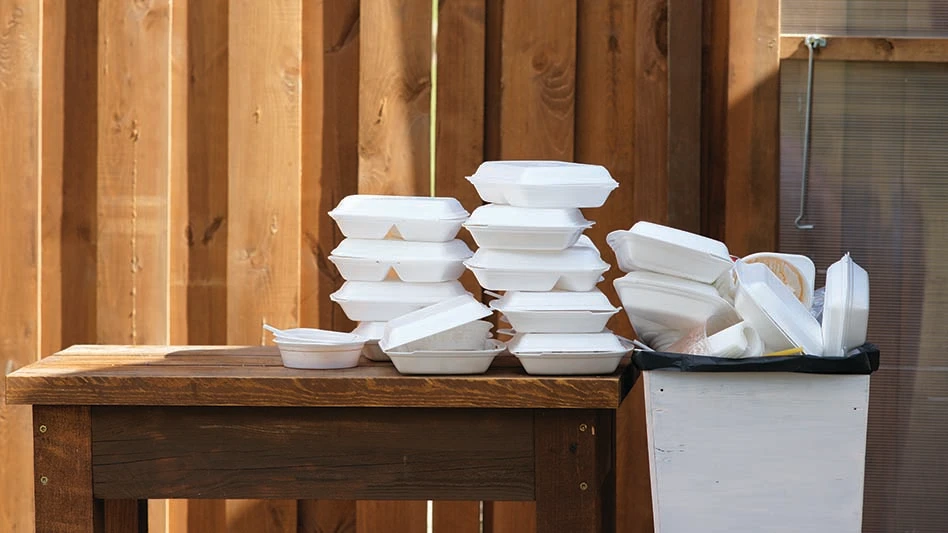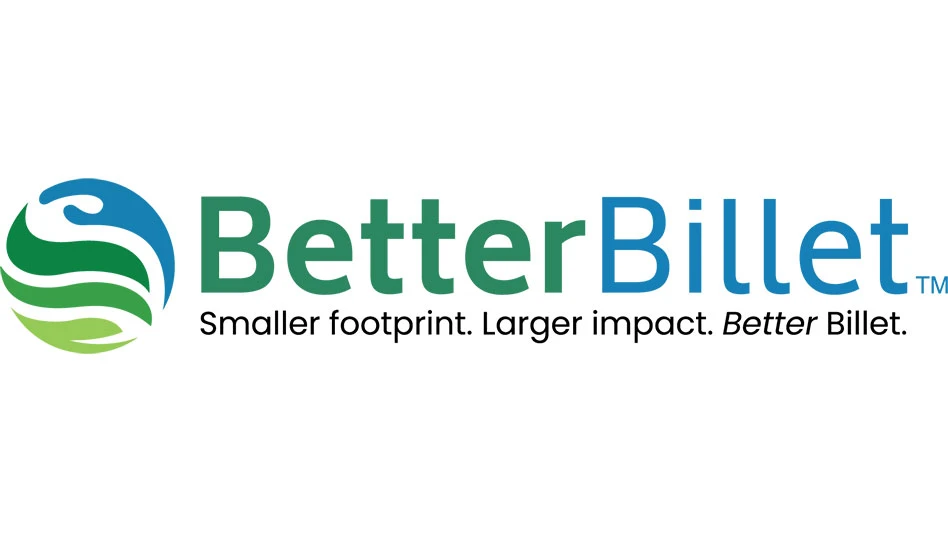PLUMBING FIXTURES TO GROW BY 20 PERCENT
The demand for plumbing fixtures and fittings is expected to increase by more than 20 percent by the year 2000 in the United States, according to the Freedonia Group Inc., Cleveland. In 1985, plumbing products demand was around $4 billion, and in 1995, that demand increased to $6.3 billion. By 2000, the demand for plumbing products should increase to $8.2 billion.
Driving demand will be aging housing stock and an increase in the average number of bathrooms per household. In addition, there will continue to be growth in whirlpool baths, hot tubs, spas and showers. Most of the demand will be met by imported products from Asia; however, the Freedonia report emphasizes that there is a growing demand for more upscale and durable designs offered by manufacturers in the U.S.
As for plumbing product materials, acrylic, fiberglass and other plastic materials will continue to make inroads at the expense of metal and other materials in most fixture segments due to advantages in weight, design flexibility and cost, according to Freedonia.
Plumbing fittings offering simplified operation (such as single level control), enhanced efficiency (such as reduced levels of water consumption), and added safety features will show the best gains through the year 2000.
SNAPPLE SWITCHES TO PLASTIC ON SOME CONTAINERS
Snapple Beverage, which was recently purchased by Quaker Oats, Chicago, has made a packaging switch on its 32-ounce containers. Those containers will now be made of polyethylene terephthalate instead of glass.
"We made the switch to PET plastic because of the benefits it brings, such as being lighter in weight, non-breakable and more economical to produce," says Ron Bottrell, a spokesman for Quaker Oats. Quaker, which also owns the Gatorade brand name, has already switched that drink to plastic packaging for its larger volume containers. "Today’s active lifestyles dictate that these types of drinks are bottled in plastic," he says.
Will the smaller 16-ounce bottles of Snapple be converted to plastic? Although Bottrell says he is not aware of any movement in that direction, he does give a show of support for glass. "The 16-ounce glass bottle still has a lot of equity for the Snapple brand," he says.
NEW AMTRAK TRAINS TO SHINE WITH STAINLESS
High-speed trains, traveling up to 150 miles per hour, will soon be making the trek between Washington, New York and Boston. The trains will be electrically powered and will contain a significant amount of stainless steel. The rail and power cars will contain stainless structural members and body shells, according to Bombardier Inc., Montreal, part of consortium formed to build and supply the trains. It is not yet known how much stainless steel, in weight, each rail car will require.
Production of the 18 trainsets (each consisting of two power cars and six coaches) and 15 locomotives will begin next year. The trains will be operated by the National Railroad Passenger Corp., better known as AMTRAK. The total contract for the new trains is $611 million. Bombardier has already supplied stainless rail cars for trains that regularly pass through the newly opened Channel Tunnel between England and France.
Get curated news on YOUR industry.
Enter your email to receive our newsletters.

Explore the August 2001 Issue
Check out more from this issue and find your next story to read.
Latest from Recycling Today
- GFL opens new MRF in Edmonton, Alberta
- MTM Critical Metals secures supply agreement with Dynamic Lifecycle Innovations
- McClung-Logan Equipment Company joins Tana’s authorized dealer network
- Grede to close Alabama foundry
- Plastics Recycling Conference 2025: Working toward their targets
- SWACO rolls out new commercial recycling and food waste programming
- Updated: Matalco to close Canton, Ohio, plant
- Metso launches electric Anode Weighing and Casting Machine





